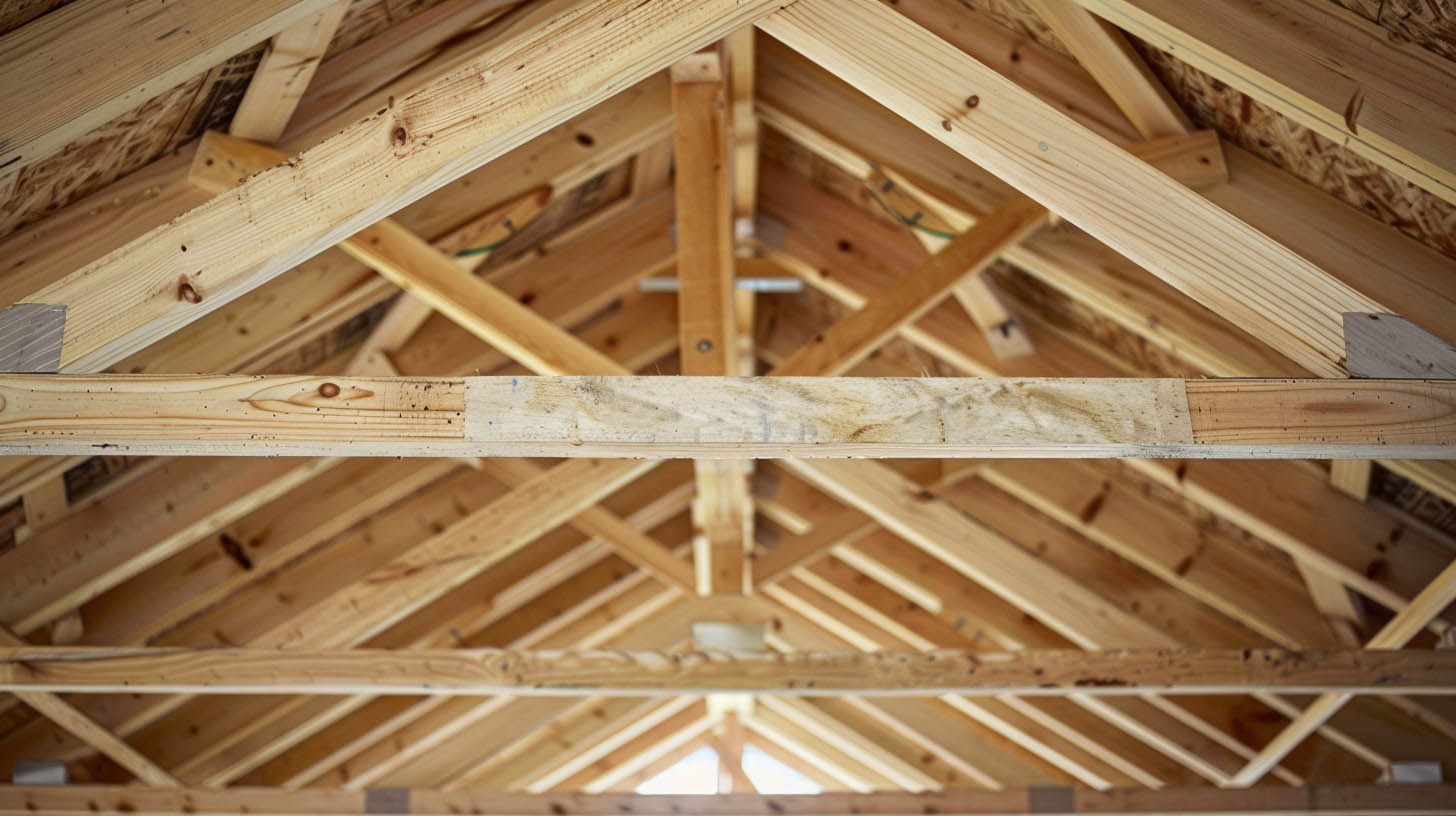Introduction
Roof trusses are a critical component in the structural integrity and design of a building. They serve not only as the backbone of the roof but also play a pivotal role in the overall architectural aesthetics of a home. Understanding the different types of roof trusses and the importance of professional installation can significantly enhance the safety and longevity of your building.
Understanding the Importance of Roof Trusses
Structural Role of Trusses
Roof trusses are engineered to distribute the weight of the roof evenly across the walls of the building, preventing any one section from bearing too much load. They are designed to handle both the weight of the roof materials and any external forces such as snow, wind, or rain.
Aesthetic Considerations
In addition to their functional role, roof trusses contribute to the aesthetic design of a home. With various configurations available, trusses can be tailored to complement any architectural style, from traditional to contemporary, enhancing the visual appeal and value of the property.
Types of Roof Trusses
Pre-manufactured Trusses
Pre-manufactured or prefabricated trusses are the most popular choice for residential and commercial constructions due to their cost-effectiveness and ease of installation. These trusses are built in controlled environments, ensuring precision and quality. Engineered to specific measurements and requirements, pre-manufactured trusses provide reliable performance under various environmental conditions.
Stick Framing Trusses
For projects requiring unique designs or specific customizations, stick framing trusses are constructed on-site, offering flexibility in architectural design. This method allows for modifications during the building process and can be adapted to accommodate additional attic or storage space. However, stick framing requires skilled craftsmanship and more time to ensure structural integrity.
Professional Installation and Considerations
Choosing the Right Trusses
Selecting the appropriate type of truss is crucial and depends on several factors, including the architectural style of the home, the climate of the area, and the type of roofing material used. Heavier materials such as tile or slate require trusses with enhanced strength and durability to support the additional weight without compromising the structure.
The Need for Expert Installation
Given the complexity and importance of accurate truss installation, it is advisable to engage with experienced professionals. Improper installation can lead to structural failures, costly repairs, and even catastrophic collapse. Professional roofers ensure that trusses are installed according to precise specifications and building codes.
Summit Exteriors: Your Trusted Partner in Roof Construction
At Summit Exteriors, we understand the critical nature of proper roof truss installation. With over a decade of experience in the roofing industry, our team in Coeur d'Alene, ID, is committed to delivering top-quality construction and exceptional customer service. As an Owens Corning Preferred Contractor, we uphold the highest standards of quality and reliability in every project we undertake, ensuring that your home is both beautiful and structurally sound.
Conclusion
Roof trusses are more than just components of construction; they are crucial elements that impact the safety, functionality, and aesthetic appeal of your home. By choosing the right type of truss and ensuring professional installation, you can secure the longevity and integrity of your roof. For homeowners looking to build or renovate, partnering with seasoned experts like Summit Exteriors guarantees that your roof will stand the test of time and weather, safeguarding your investment and your peace of mind.



